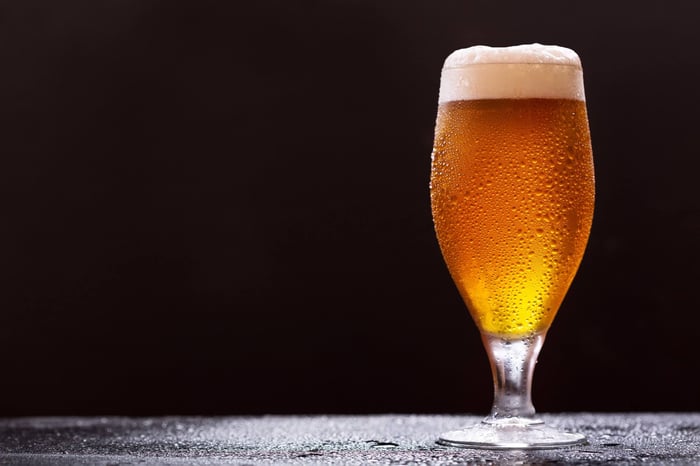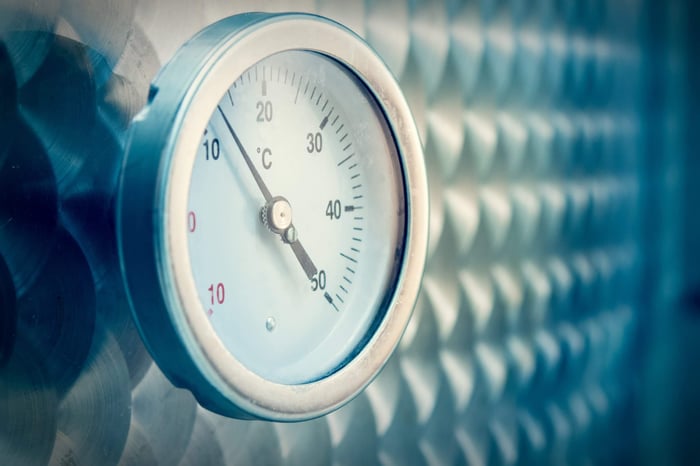Ever looked at your grain bill and wondered if you're getting the most bang for your buck? Parti-gyle brewing is an old-school technique that's making a comeback, and for good reason—it lets you create two distinctly different beers from a single mash. Intrigued? You should be.
Understanding the Parti-Gyle Approach
Here's how it works: you mash your grains normally, drain off the first wort, then give those same grains a second go with fresh water. The result? Two separate worts with completely different characteristics—your first runnings will be concentrated and potent, while your second batch offers more volume at a lower gravity.
The real creativity kicks in during the boil phase. Since you're treating each wort separately, you can experiment with different hop profiles, add unique specialty ingredients, and even ferment with different yeast strains. It's like running two parallel brewing experiments from the same starting point.
The name traces back to traditional brewing terminology where a "gyle" meant a complete batch of wort—so parti-gyle literally means brewing parts of different gyles simultaneously.
Why Australian Brewers Are Loving This Technique
Let's be practical about this: brewing 23 litres of imperial stout or double IPA can leave you with more high-alcohol beer than you can reasonably handle. Parti-gyle brewing solves this beautifully—you still get to brew that special, strong beer you're after, but you also create a larger volume of something more suited to regular drinking.
It's particularly clever for the experimental brewer. Want to see how different yeast strains perform with similar wort compositions? Parti-gyle gives you that comparison opportunity without doubling your ingredient costs or extending your brew day significantly.
Consider the seasonal advantages too: those big winter warmers paired with lighter spring ales, or robust harvest beers alongside crisp summer refreshers. One mash, multiple seasons covered.
Working Through the Calculations Step by Step
Right, let's tackle the maths—don't worry, it's more straightforward than it initially appears. Here's a real example that'll make everything click into place.
Target Beers:
- 9 litres American barley wine at OG 1.075
- 15 litres American pale ale at OG 1.035
Gravity Units Method:First, convert your targets to gravity units:
- Barley wine: 9L × 75 points = 675 GU
- Pale ale: 15L × 35 points = 525 GU
- Combined requirement: 1,200 GU
Recipe Formulation:Using 4.55kg Maris Otter, 950g Munich, 160g crystal at 75% efficiency:
- Maris Otter yield: approximately 1,040 GU
- Munich contribution: roughly 130 GU
- Crystal addition: about 40 GU
- Total grain potential: 1,210 GU
Perfect match—we've got sufficient grain power with a small buffer for brew day variations.
Troubleshooting Common Parti-Gyle Challenges
Gravity Adjustments on Brew DayWhen your readings don't match calculations (and they rarely do perfectly), gravity units give you the tools to fix things. Running low? Extend your boil time to concentrate the wort. Coming in hot? Careful dilution with brewing water brings everything back on target.
Managing Hop BalanceEach wort needs its own hop calculation based on final volumes. If you make volume adjustments during brewing, your bitterness levels need recalculating accordingly—balance is everything in beer.
Timing ConsiderationsAustralian brew days can get warm, so plan your parti-gyle sessions for cooler parts of the day. Managing two separate boils requires attention, but the results justify the extra effort.
Practical Tips for Success
The efficiency gains make parti-gyle brewing particularly attractive. You're essentially doubling your beer output for about 50% more work—that's solid brewing economics right there.
From a storage perspective, having two different styles maturing simultaneously gives you more options for different occasions. Your high-gravity beer can age and develop complexity while you enjoy the more immediate pleasures of the lighter style.
Equipment-wise, you'll need capacity for two separate boils, but most home brewing setups can handle this with a bit of planning. The investment in time pays dividends in beer variety and ingredient utilisation.
Time to Take the Plunge
We're working on a detailed video tutorial that'll demonstrate the entire parti-gyle process from grain to glass. Sometimes seeing the method in action clarifies concepts that seem complex on paper.
The technique offers genuine advantages for brewers who want to maximise their ingredients while exploring different styles. You're not just brewing more efficiently—you're expanding your brewing repertoire with every session.
Got specific questions about parti-gyle planning or want to share your own dual-brew adventures? Drop us a line. We're always keen to chat with brewers who are pushing boundaries and making the most of their brewing opportunities.
Grainfather Team










